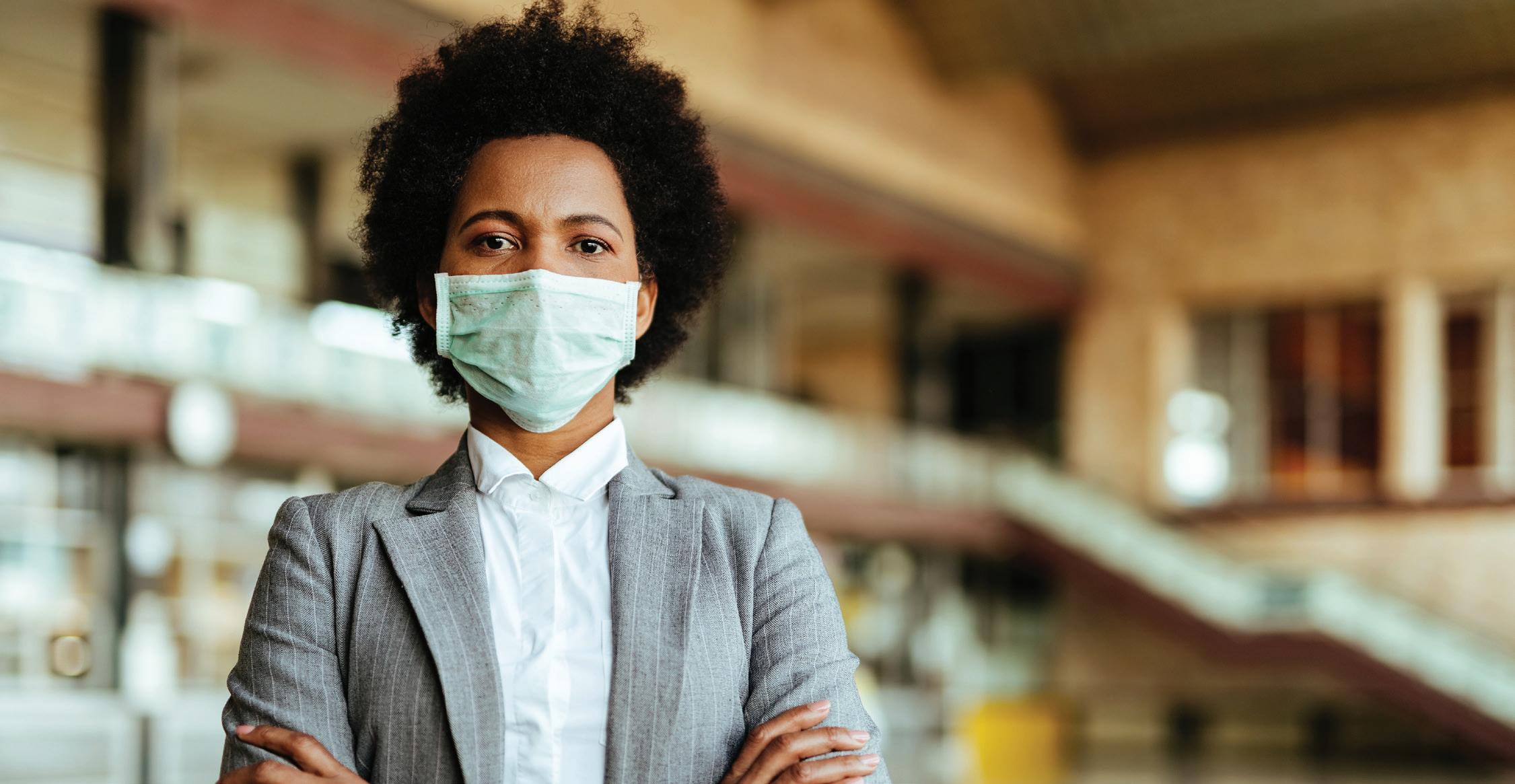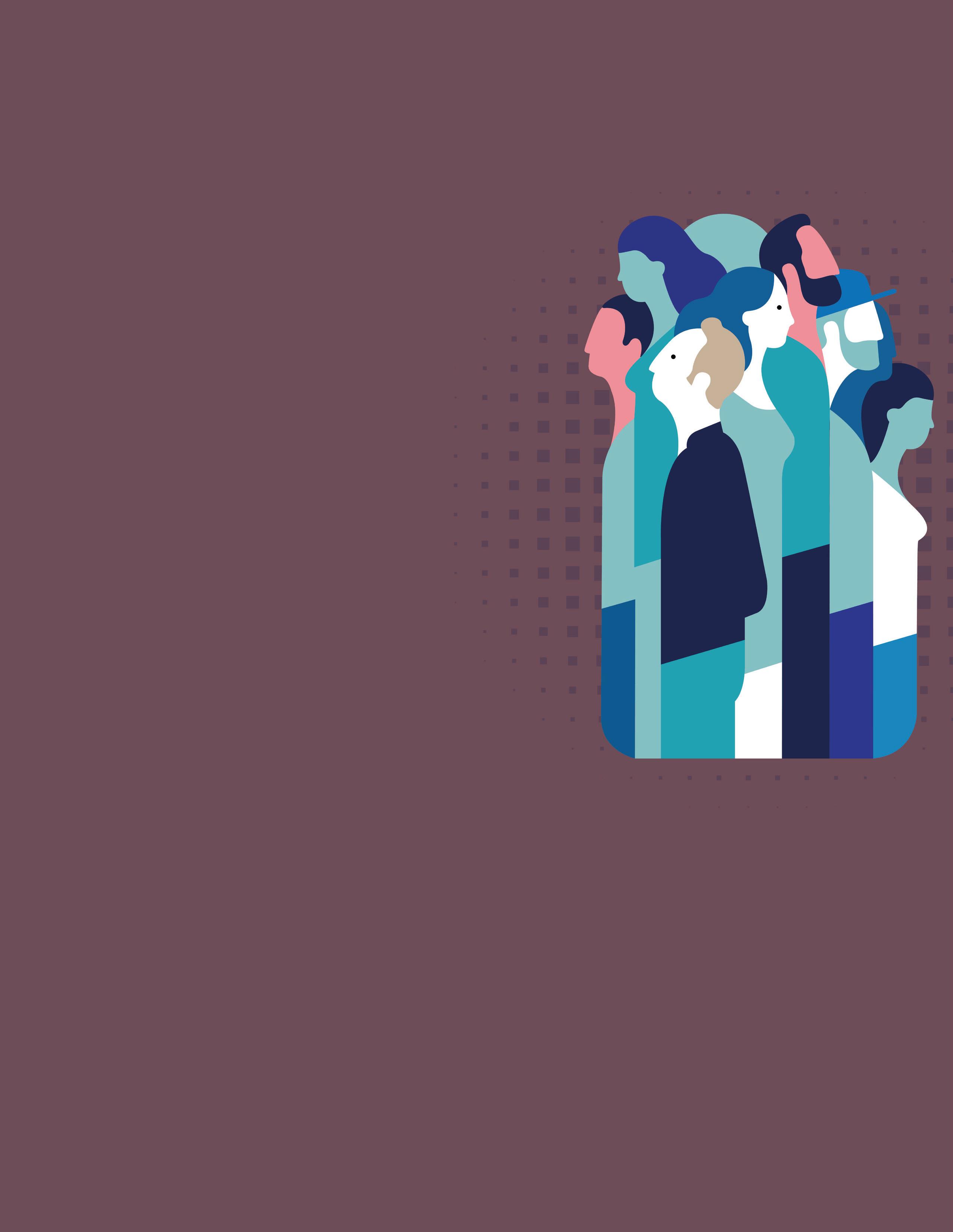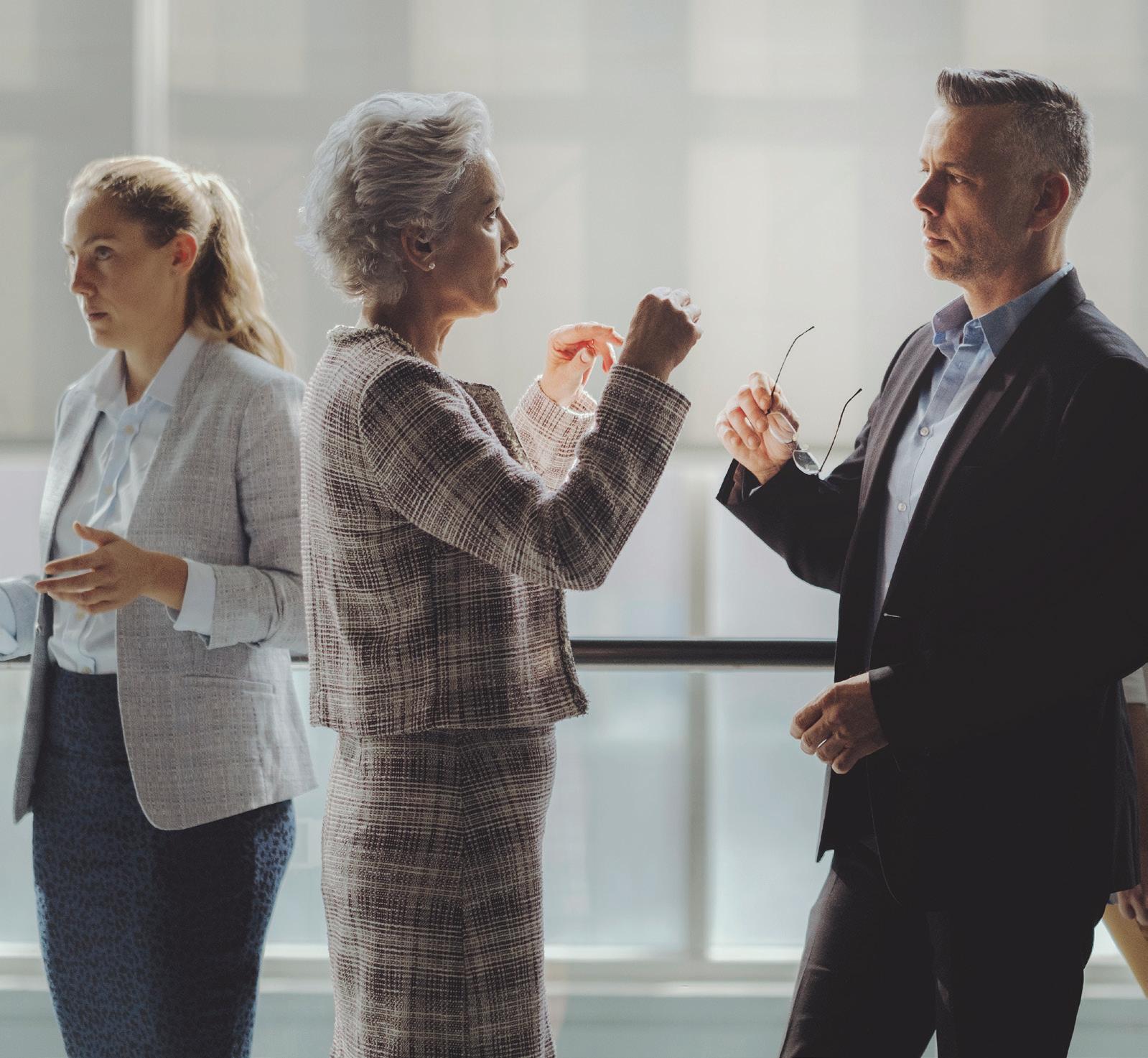DIVERSITY, EQUITY, & INCLUSION
Bias By Any Other Name is Still Bias: Consciously Seeking Unconscious Bias BY NATALIE ROONEY
Is it possible to figure out consciously something that we’re doing unconsciously? That might sound like a trick question, but the answer is yes, according to Nita Mosby Tyler, Ph.D. You might recognize Dr. Mosby Tyler from her presentation at COCPA’s 2018 Leadership Summit, her Tedx Mile High presentation, or most recently as one of the contributors to Denver’s 9NEWS Voices of Change series. Here, she shares her thoughts on bias, how we can uncover our own biases, and why it’s all so important.
WHAT IS BIAS? Whether we want to admit it or not, we all have biases, and they affect us in myriad ways. Whether it’s stereotypes about race, gender, religion, etc., as humans we hold certain beliefs about people who are different from us. Even people who think they hold a neutral view have some sort of unconscious bias.
THE TRICK TO MITIGATING BIAS We talk about implicit or unconscious bias without ever talking about explicit or conscious bias, says Dr. Nita Mosby Tyler. “I think there’s something wrong with that. We want people to mitigate what they’re doing unconsciously, when the fact of the matter is, if it’s unconscious, you don’t know you’re doing it.”
Our biases, which can stem from media exposure, our upbringing, or societal factors, are unavoidable. And, while these biases are not indicative of a person’s morality, they can still be harmful to those around us.
Mosby Tyler offers this trick to mitigating bias: Name your conscious bias to find the direct correlation to what might be unconscious.
Implicit bias (also called unconscious bias) refers to attitudes and beliefs that occur outside of our conscious awareness and control. An implicit bias may run counter to a person’s conscious beliefs without the individual even realizing it. For example, it is possible to express an explicit liking of a certain social group or approval of a certain action, while simultaneously being biased against that group or action on an unconscious level. Implicit biases and explicit biases might be different for the same person. Explicit biases are biases we are aware of on a conscious level - for example, feeling threatened by another group and delivering hate speech as a result.
16
NewsAccount | September/October 2020
Mosby Tyler has worked to identify her own unconscious biases. “I had to ask myself what prejudices or stereotypes I have about other people or other systems,” she says. Through the process, she had to acknowledge she had a prejudice about people who she assumed didn’t want to learn from her. “I can spot them a mile away. So, what might I be doing unconsciously against someone I’ve identified like that? I don’t even attempt to engage. I ignore them. I don’t make eye contact.” That’s what Mosby Tyler shares with everyone about how to mitigate bias quickly. “The key is you have to admit it,” she says.






